Entering the jungle
Recollecting all past knowledge by venturing into the jungles.
The winds of change are already on our doorstep. The age old banyan trees have been bulldozed to create more land to grow more mangoes. Those old paths through the jungle are being replaced by roads to accommodate cars and trucks. Two new JCB’s are in the village and they are tearing down the ancestral jungles. There is a reason why people kept a lot of forest as it is or as it was; mainly because there was plenty of wildlife and it was mandatory to leave land for them. “Gods live in the forest”, they said. Previous generations had a pact with nature; we will take some and leave plenty for you. Unfortunately with a missing generation, who had since left for bigger cities, that pact is broken. The ones coming back from Mumbai are only interested in money and not in connection with nature. The concrete jungles not only teach them the way of the egotistical man, they also teach them hate and jealousy. We take all and leave some - which is out of our control - for nature, is the new mantra.
When the coastal road finally gets a green signal from the government, it will tear down the jungle from where we walked with the cattle. Last year we lost our ‘paat’ (a long pit dug in stone, to fill in water for the cattle). A local strongman with political links, who had recently returned from Mumbai, bought the land and bulldozed all the area around this ancient paat. Our common well, the only one on the flat surface on the top of the hill, next to the jungle, too was run dry. The guy who bulldozed the paat also dug a bigger well in ‘his’ land. Funny that we never really had this land belonging to anyone. No one had ever thought that this land, which gave us the essential life source; water, really belonged to any human. It was considered holy, often referred to as "God's place". Many myths surrounded this place. One of which is, this well was dug by the old Gods, back in the days of the Pandavas- some 3000+ years back. They dug it so that the local people, who came up the hill to find grazing grass for their cattle, did not have to be thirsty in the summer heat. This well also has an opening underneath which tunnels all the way some 8-10 km to the next village. Such were the Gods who cared for everyone. Again, these are myths, but they kept an entire civilisation conscious about a water source and always kept it open to everyone. There wasn’t any concept of property. If someone had a land which wasn’t yielding crop, they would just ask someone to use their piece of land and they’d happily give it away. Those days of brotherhood are gone though. This highway will not just cut the jungles but it will also scar this idea that the jungles and the flat land on the top of the mountain isn’t really “our”. It now belongs to an imaginary thing called “the government” and we don’t collectively own it anymore, the ministers do. I know what you are thinking, but doesn’t this government land belong to the people? Not in India, people are yet to come around to the fact that government is not a separate entity. In fact most government lands have boards of “NO TRESSPASSING” or “GOVERNMENT LAND” which no one dares to enter. The reason behind this thinking is simple, Britishers were the owners of all this land at one point and they had put in a deep feeling of individual ownership, the past kings hadn’t done this to such an extreme degree. It has already brought in the idea of separate ownership and it is here to stay. It will kill the ideas of the collective. Modernisation is inevitable, we know this, but only if we modernise in a way where we don’t detach with the soul of the planet, we will survive with peace and content…
Here you can see the overflowing well and the wall thats been built. Vishram ajoba still walks along the well and prays to the tree that stands next to it.
Babu has been free since the past week. His 12th exams have just finished and we are waiting for his results. Uncle sat him down on the very last day of his exam to teach him Accounts and we are all waiting to see if he did well. You must be wondering, who is this babu? Remember Sanju? I have written about him here. Babu is his son. Now if you are wondering what babu means, it literally translates to ‘kid’. Although babu is a grownup now, we haven’t forgotten to call him babu and I think it will stay. Here, in the village, everyone has a nickname. The fat guy is ‘jadya’ -literally translating to fatty. My brother who has a fair skin is ‘pandhrya’ - literally translating to white skinned guy. The old woman next door is ‘khoki’ - literally translating to the coughing woman. If that’s not all, the malnourished guy is called ‘hadkya’ - literally translating to bones. I wonder if all the appropriation that has been happening in the universities will ever have any effect on these nicknames. At least, for now, no one seems to be angry and they actually take this as a good sport. Hopefully those western language crusaders wont find our tiny village- not at least for the next twenty years, I hope.
Babu sitting atop the waterfall.
We wanted to explore this paat and the water that flows downwards towards the sea. We had only heard from the elderly in the village, that this water flows through the jungles, where you will find many gorges and a variety of animals and birds. Some 100 years back, they used to cultivate the areas around these jungles. Walls were built to hold back water, all the way down to the waterfall, which opens at the beach. Last real use of this land was some 20-30 years back. Villagers would venture into this jungle to hunt wild boars and rabbits. Many would come back with medicinal plants and roots which had Ayurvedic healing properties. A local who knew the jungle also had an encyclopaedic knowledge of each tree and the wildlife around. These days, vines have grown around this place, making it difficult to even enter into them. We had only heard about an old path that went all the way down to the beach and we decided to try our luck out.
Babu and I left in the afternoon. I tied a rope around my hip that held my machete (we call it koyti over here) and Babu tied his. Granny gave us a bottle of water and some peanuts, packed in a tiny carry bag, to munch on while we walked. As we walked up through the jungle, we were speaking of the stories that we have heard. How once a calf had ventured in the jungles and a wild cat had eaten it alive, in front of the villagers. Babu told me the story about a village dog who had entered the jungles, which never came back. There are all sort of ghost stories that surround this place and understandably so. Think of a jungle that was cut off from the rest of the world, which was only visited by villagers when they were in groups. Even the slightest of movement in these jungles would be enough to create another ghost story.
That’s the entrance to the jungle, made with decades of careful tending of these cactus like plants. An entrance like this is obvious to attract ghost stories.
When we reached the top, next to the well, we found Santosh dada’s mother working there. She is one of the oldest in our village.
“We haven’t gone in the jungles for a long while. Be safe”, she reminded us.
It was true, these were age old jungles and barring the times when people went in to collect wood, no one really entered it, let alone walking all the way down to the beach. Thick vines had grown all around the stream. The floor had heaps of decomposed leaves from the autumn that had recently passed. We squeezed ourselves to enter through these vines. At times we knelt down and crawled on the ground. Babu and I started chopping off the excess overgrowth, while leaving the entrance as it is. We didn’t want people to know about this place.
Monkeys were dancing on the top, making strange noises as they jumped from one tree to another. We saw a few snakes rushing past the edges, into their underground dwelling.
“Why have we never come here before?”, Babu asked me.
“Maybe we are too comfortable in our house. It makes us forget that this is what kept us busy in the past”, I said.
Isn’t that the story of the modern man? Way too comfortable. Way too busy in his own thoughts. Not living or experiencing. Detached from nature. Chronically anxious and stupefied on most parts, not knowing what exactly he is missing…
It is this. It is nature that he misses.
Be it in Mumbai or Tennessee, wherever you go, you will see people glued to their phone, watching things that have already happened - moments that have been past for someone else. We wonder why we are so tired. I don’t see the past generation - the pre-mobile, pre-television sets generation - tired. They had a lot to do, even in old-age. The ones who were withering away slowly, had to instil the next generation with morals, with historical knowledge. They played the most important role in the society - to steer it in the right direction.
What is the post-technology generation going to teach their grandkids? I don’t know the answer to this..
By half past four, we had already chopped through a stretch of thorny vines. Both of us had cuts on our arms and legs. That odd thorn which stuck on the back of the t-shirt was always a pain to remove.
Finally we reached the place that Santosh’s mother had talked about.
“When you reach the big rocks, you will have to climb up a little and from there you can see the sea”, she had said. She remembered this place from when she was a child. Her dad used to take her and her siblings into the jungle and she liked this spot a lot. “We would pick wild-berries from the jungle and then sit for hours on these rocks, watching the sea.”
It felt as if we had transported ourselves into a long lost world. We had no hint of human civilization in any direction. The stream was flowing out from under a tree, making everything that the water touched, green and alive. The gorges were visible, and although they had no water in them, owing to the summer season, they looked as beautiful as they sounded.
I made a quick ascend on a nearby tree and sat there while Babu ventured into the jungle to check for a specific tree that he had heard about.
“What if we bring tourists through this place? This is a fantastic and nearly wild adventure for anyone who has not had this experience before”, I said to Babu. He nodded in agreement.
As we descended and reached the waterfall, I couldn’t help but to stop and marvel at this stream, from its source to its mouth. The villagers considered it Godly and rightfully so. Once upon a time, this was the source of livelihood for many such wanderers.
The stream had turned into a pond, just before it ended its journey, by meeting the sea. Babu jumped in and swam in it.
I entered in and felt a touch of holiness surrounding this place. The sea was roaring in the distance. The eagle on top was spiralling down in circles. Village dogs were playing on the empty beach. I was alive in that moment. Marvelling at the spirit that must have created all this and remembering all the ancestors who must have lived this way for millions of years…
Thanks for reading. If you are still here, I would take this moment to direct your attention to a book I have written. This book is almost 2 years in the making. In 2022 I left off on a walk across India and ended up walking 1800 km from Narvan on the west shore, to Visakhapatnam on the east shore. Initially to document the issues plaguing rural India, the project unfolded to become an unforgettable voyage of self-discovery; involving sleeping in unfamiliar places, venturing alone through the Naxalite insurgent jungles, and even being interrogated in a jail cell.
After contemplating on what is the right way forward, I have come to the conclusion that I will self-publish it- and I did. If you are interested in reading about my journey and supporting me to become a full-time writer, please consider buying “Journey to the East”- which is currently available through my website. www.ashutoshjoshi.in
If you would like to help me out in other ways, you can buy me a coffee via paypal, www.paypal.me/ashutoshjoshistudio. You would think that a couple of dollars/pounds won’t mean much, but it does, especially in India.
You can buy my first book “Journey to the East”, a memoir about an 1800 km walk through India, through my website .
If you would like to buy prints of my photographs, you can choose the photographs you like on my website and send me an email. I will send you custom quotes for the sizes you’d like.





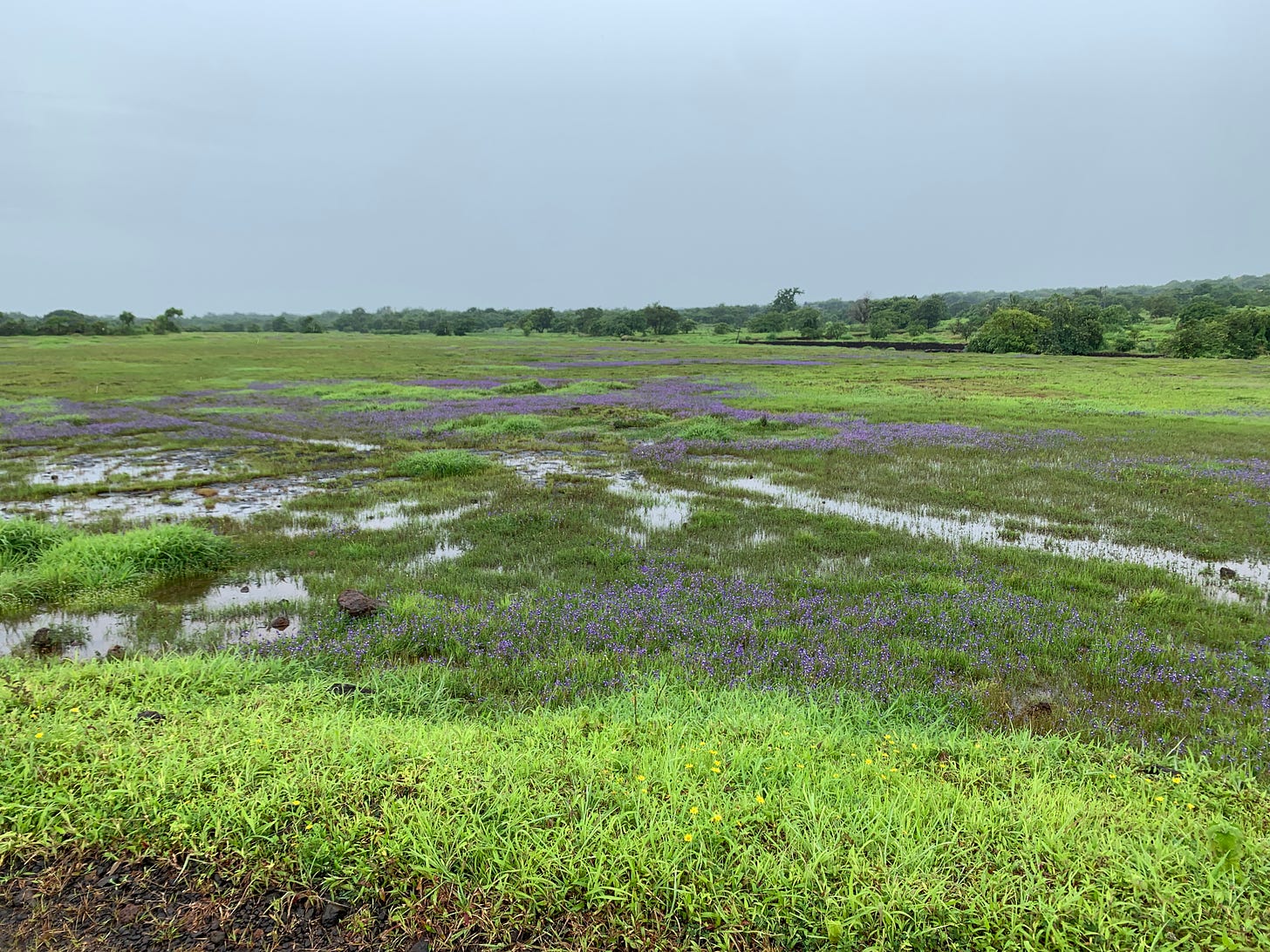
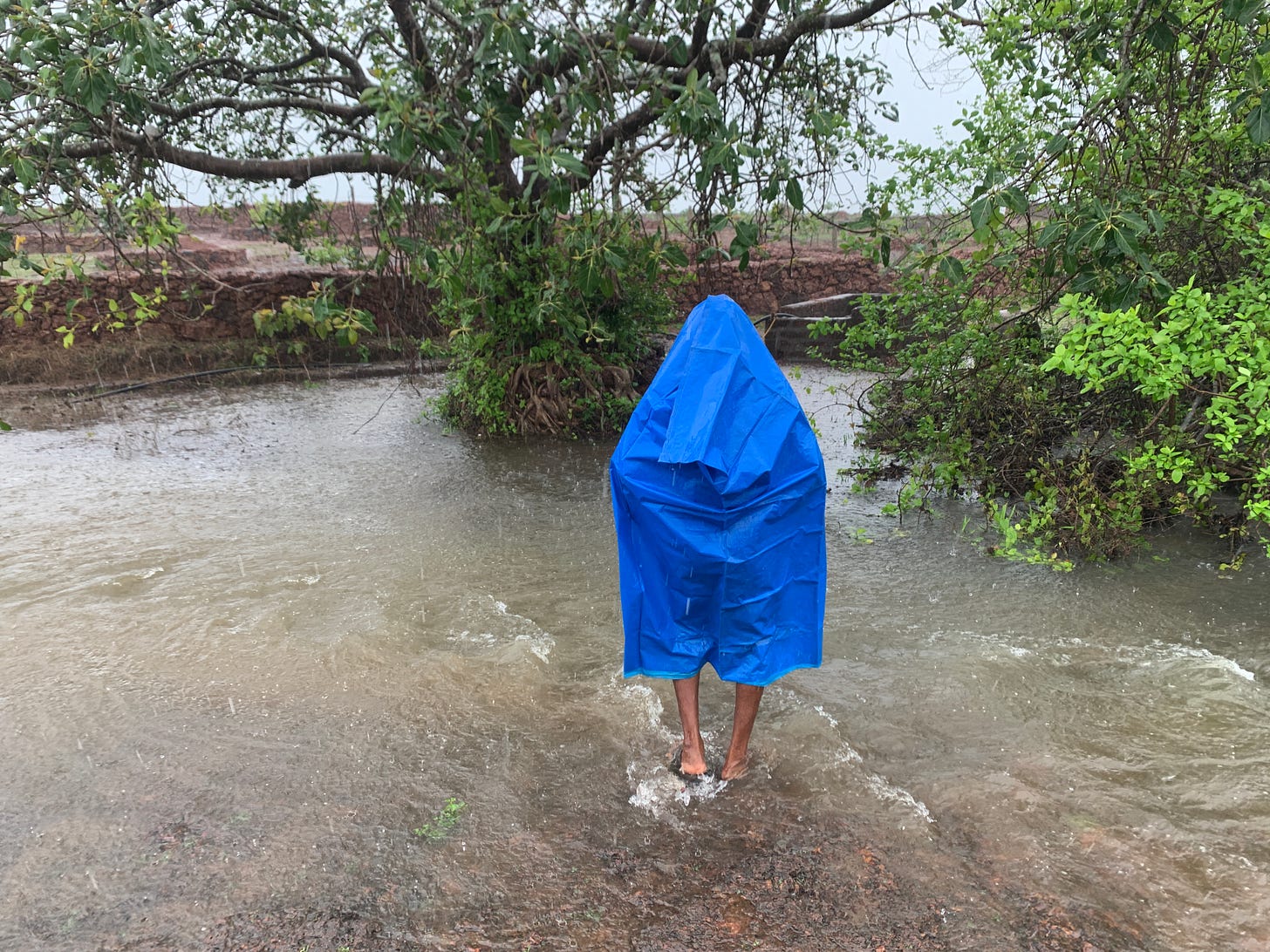
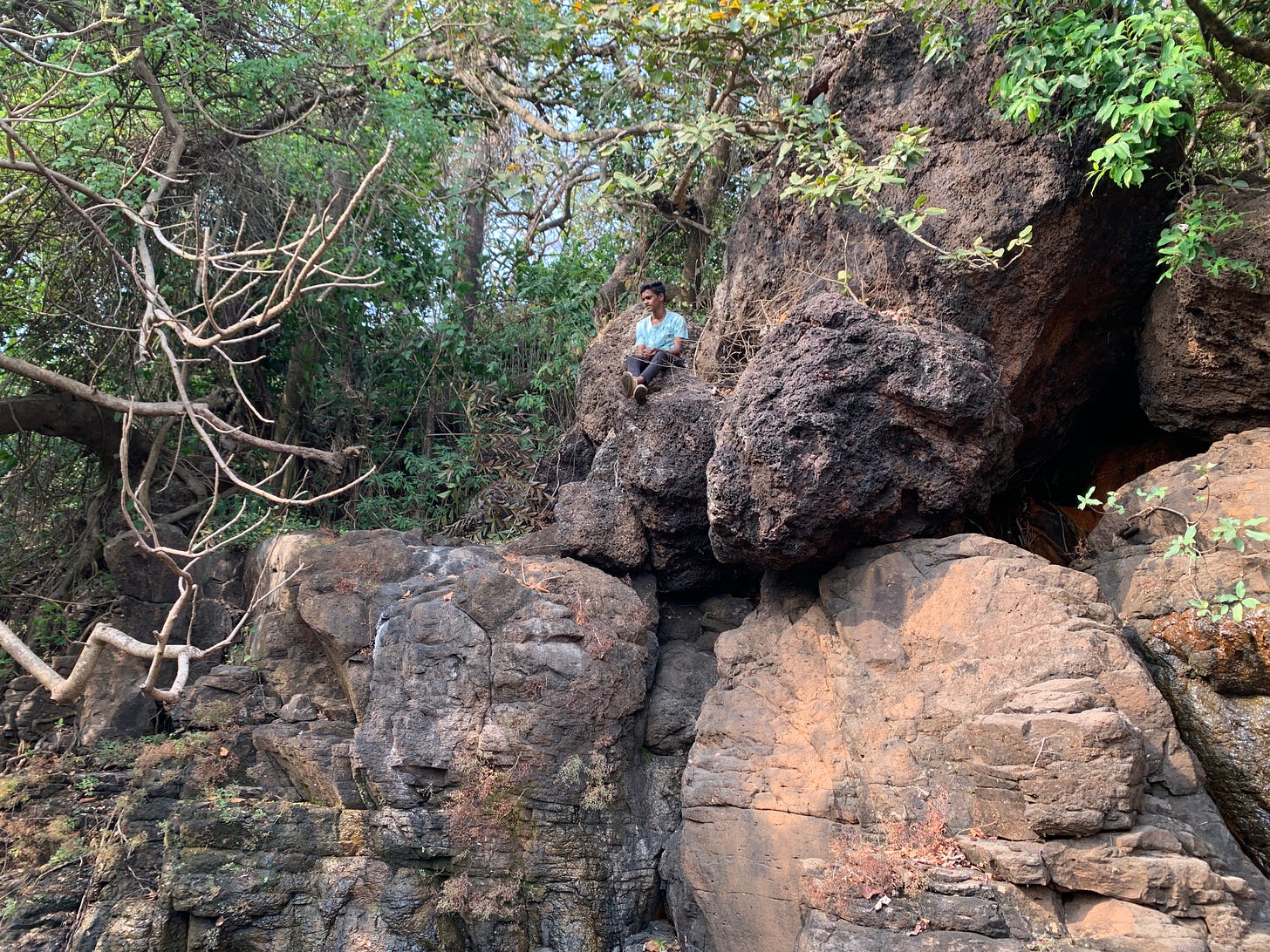
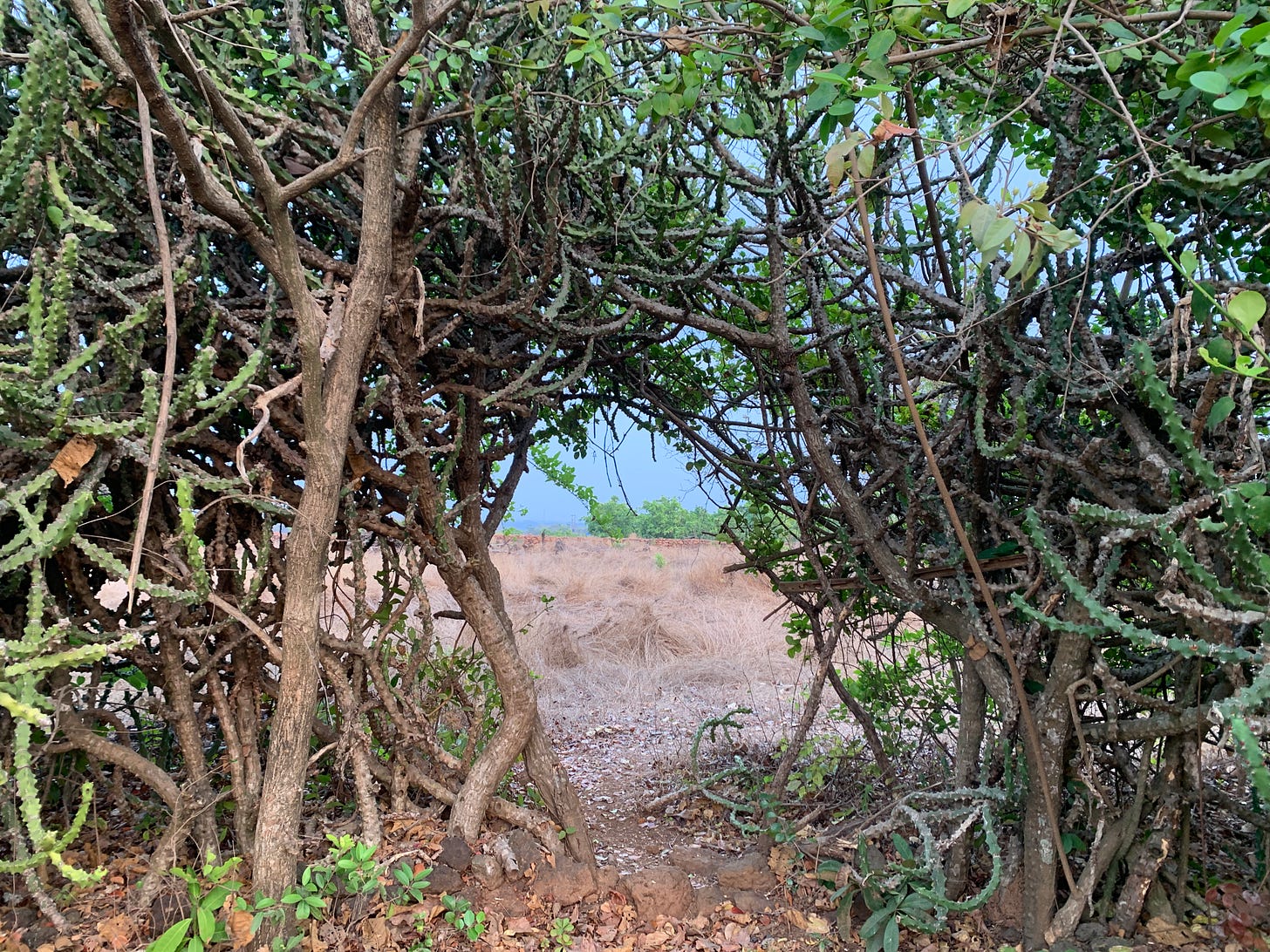
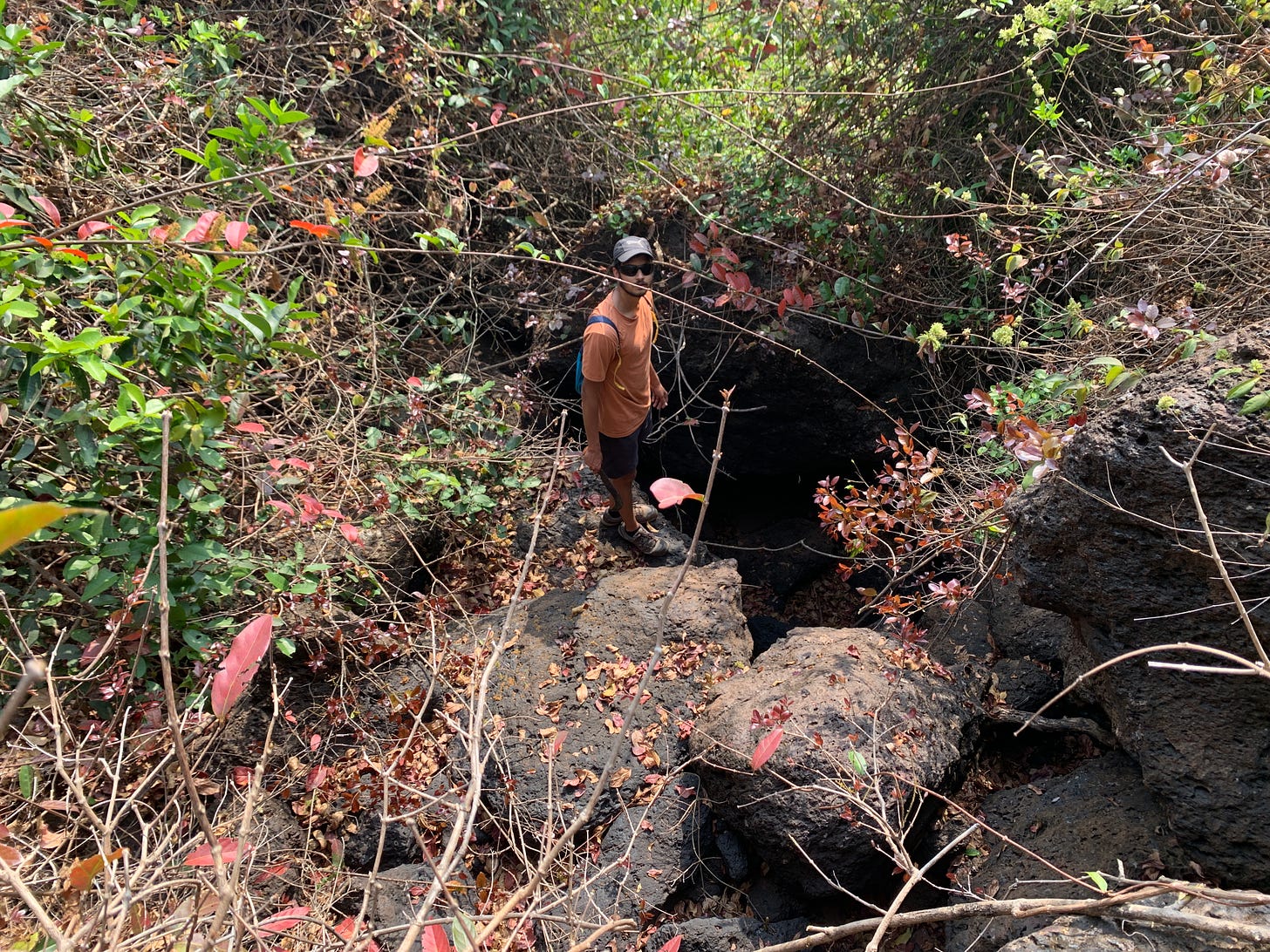
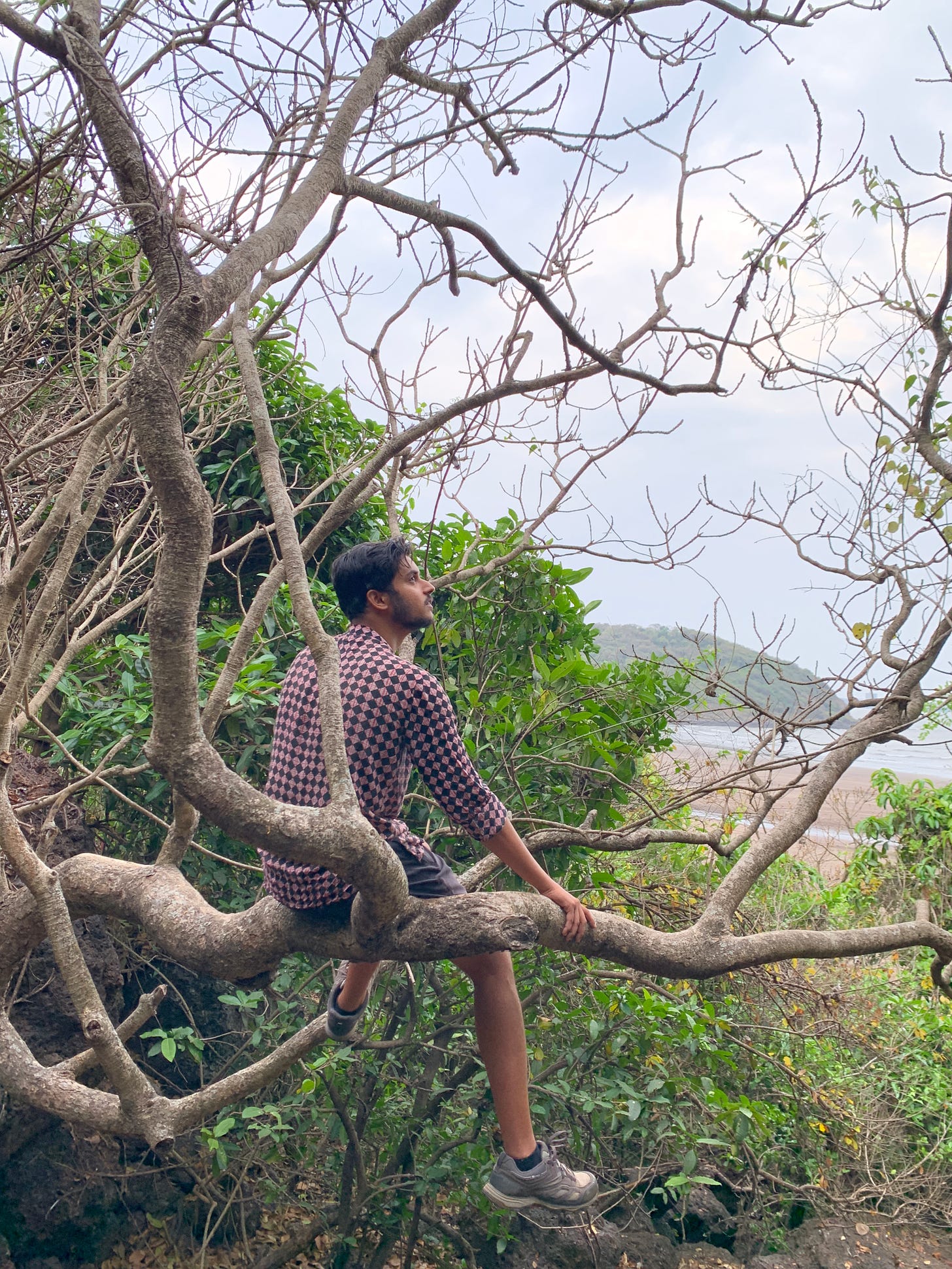
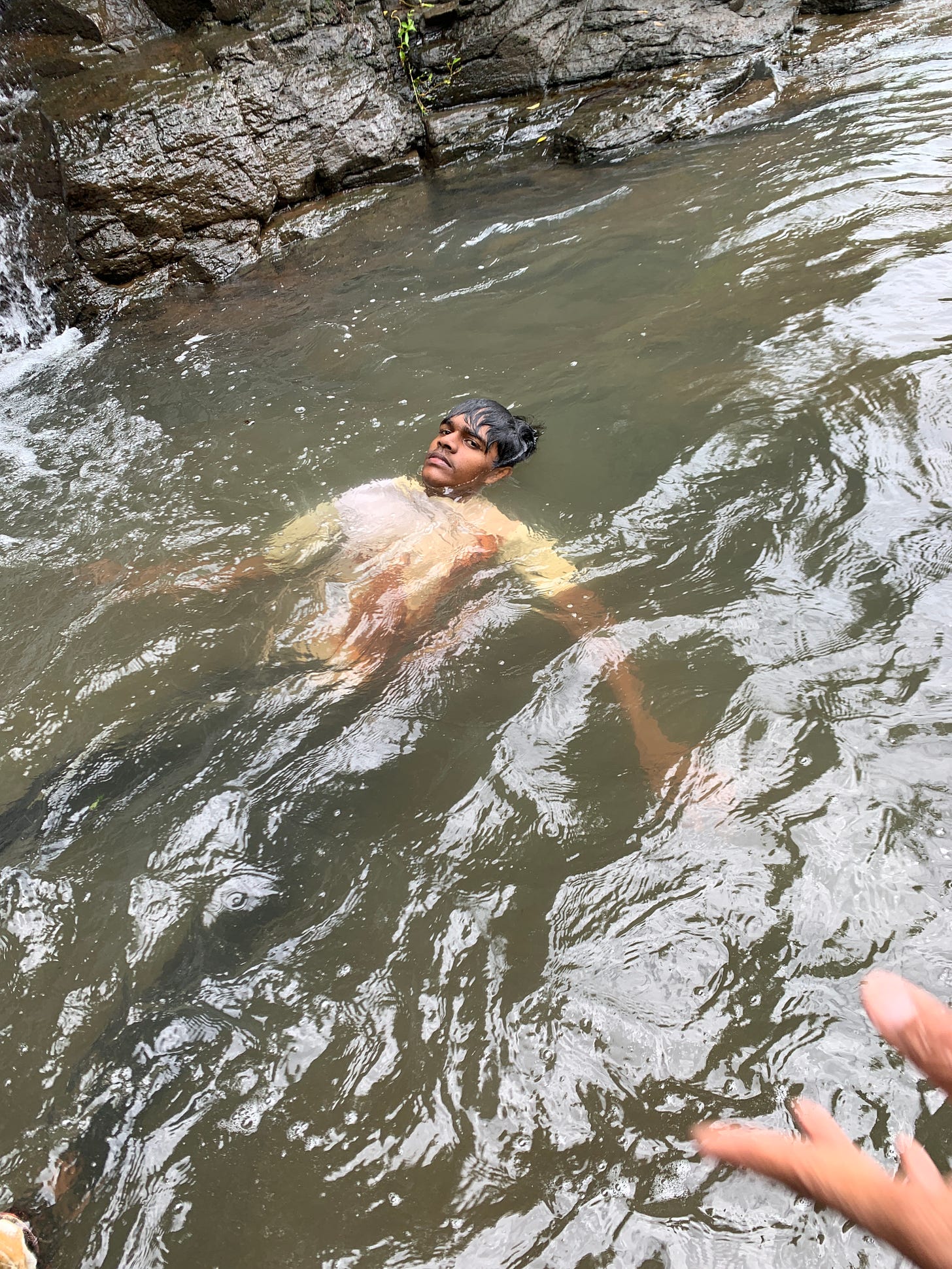

Thank you for a lovely read. Best of luck to Babu!
Have you heard of this? https://www.sarvodaya.org/ I thought of it when you were talking about the land and water issues